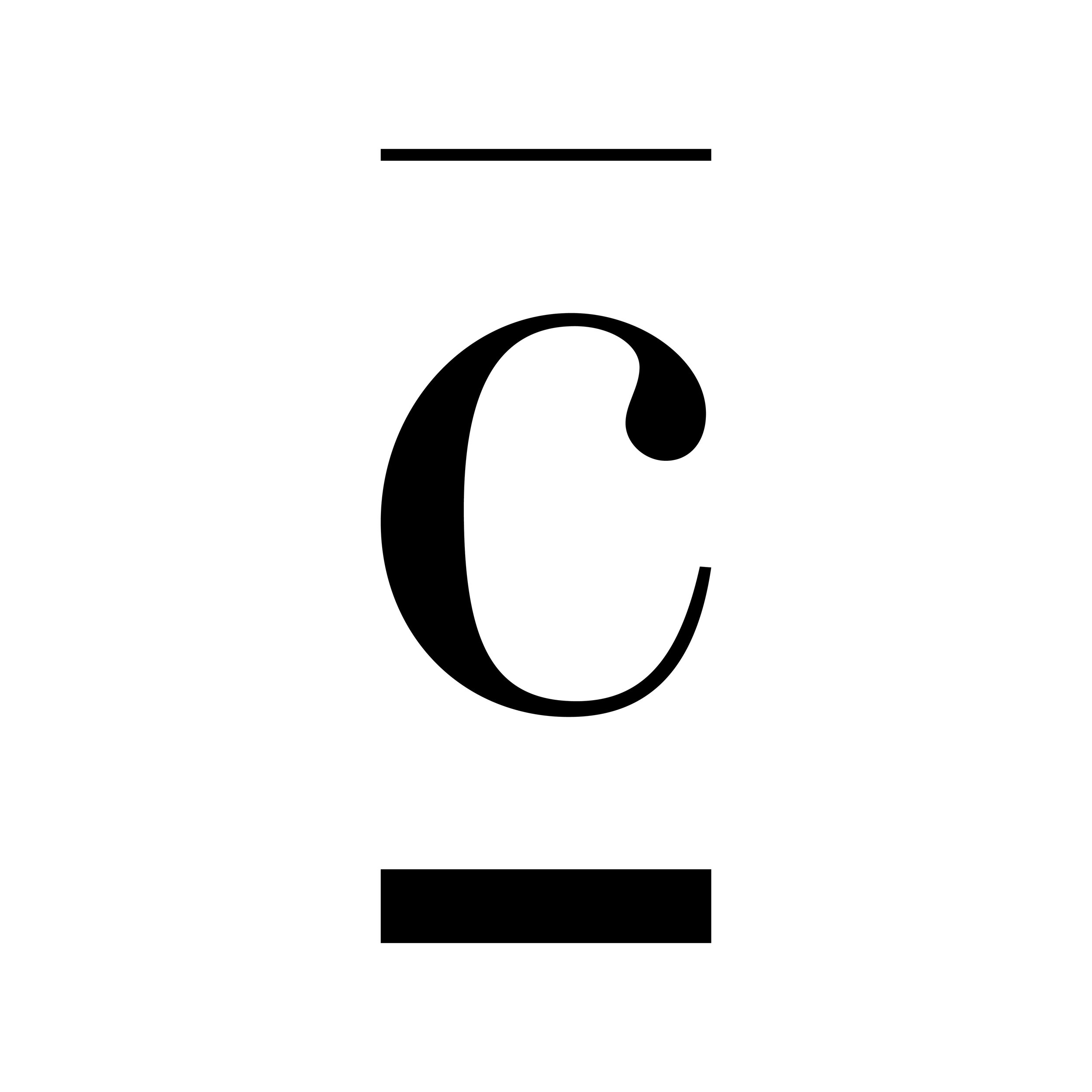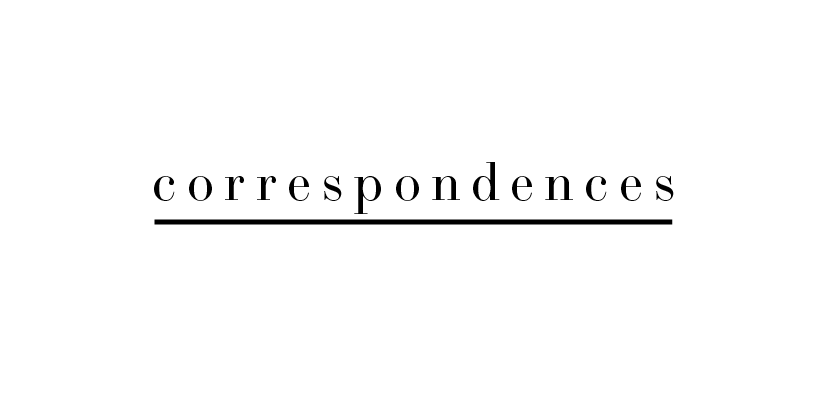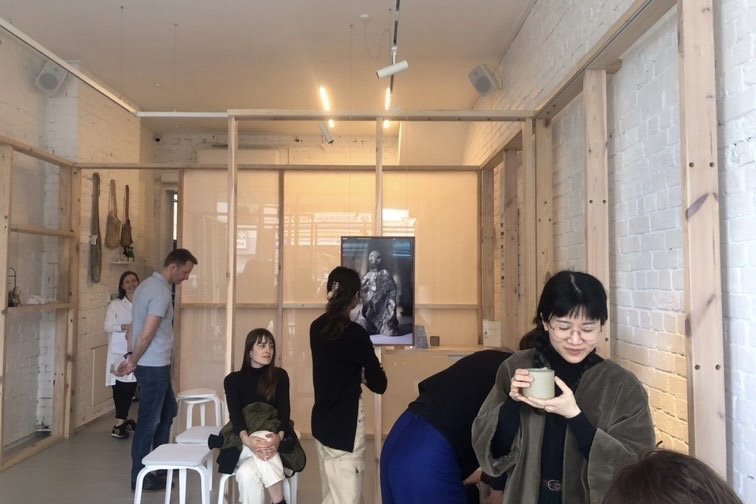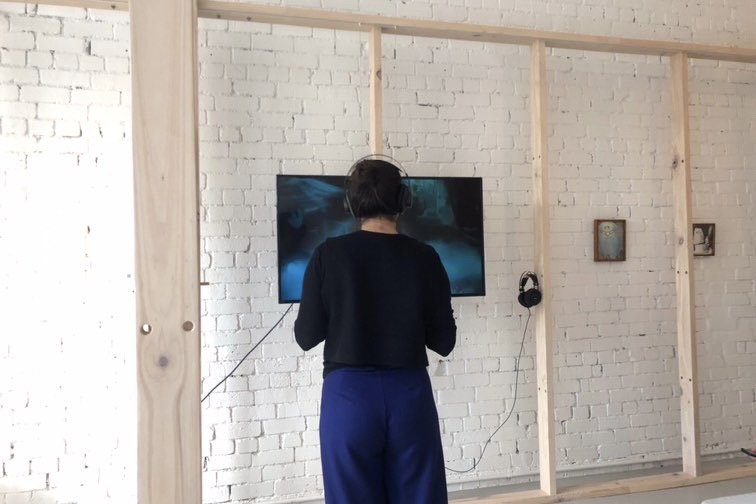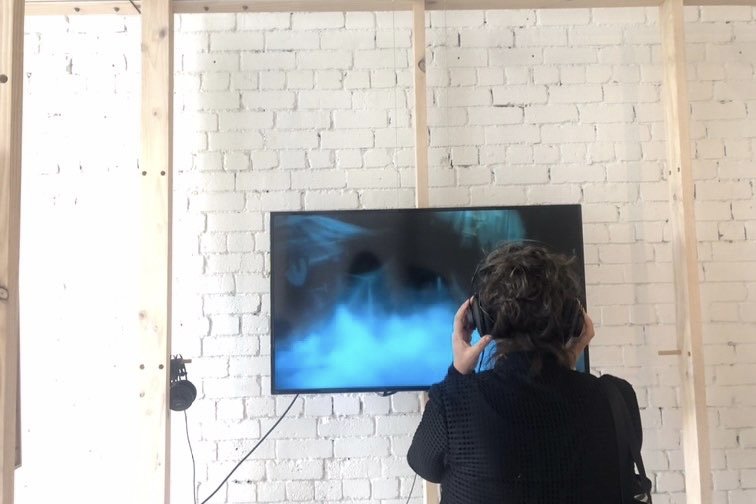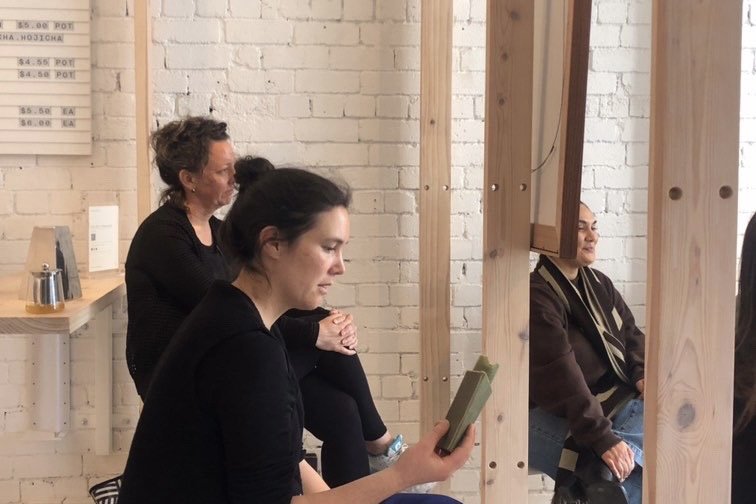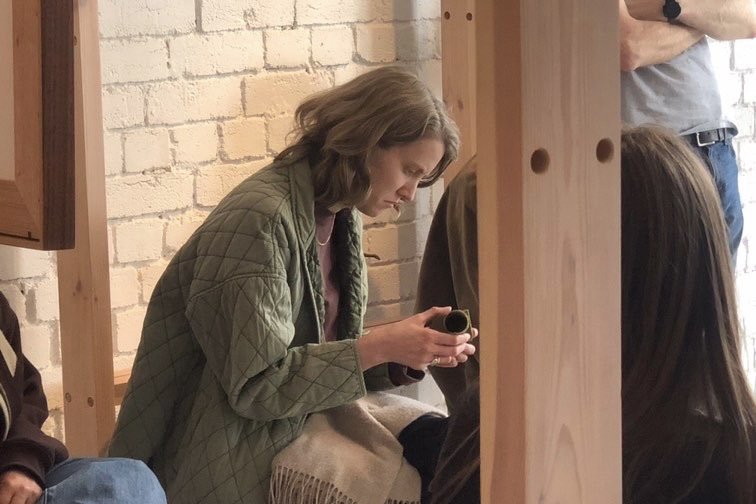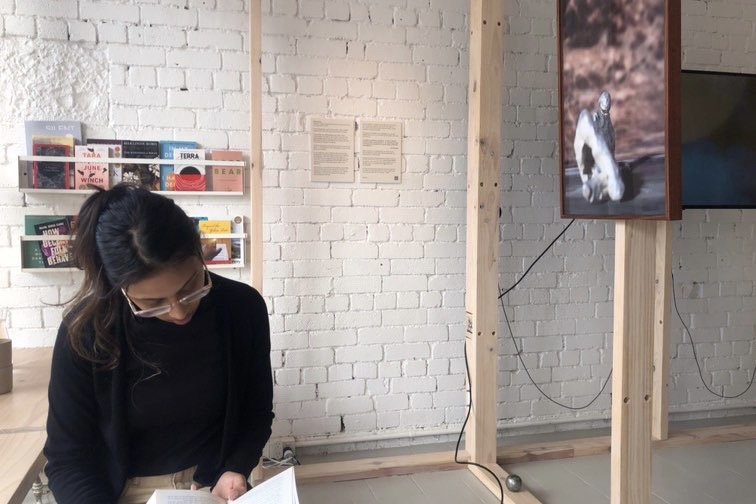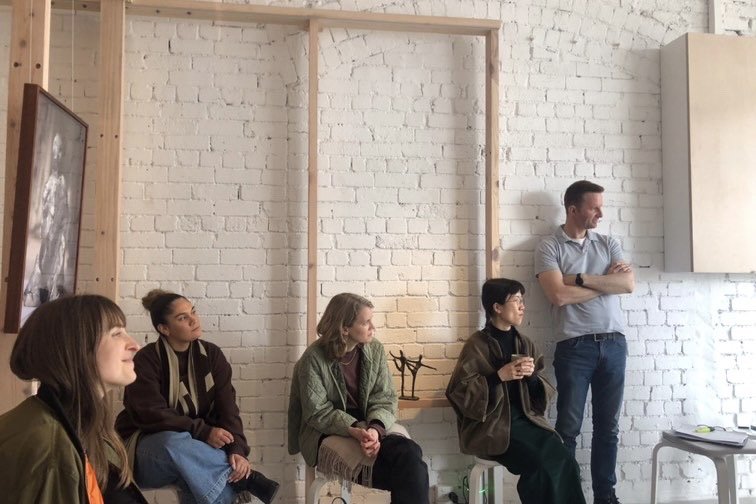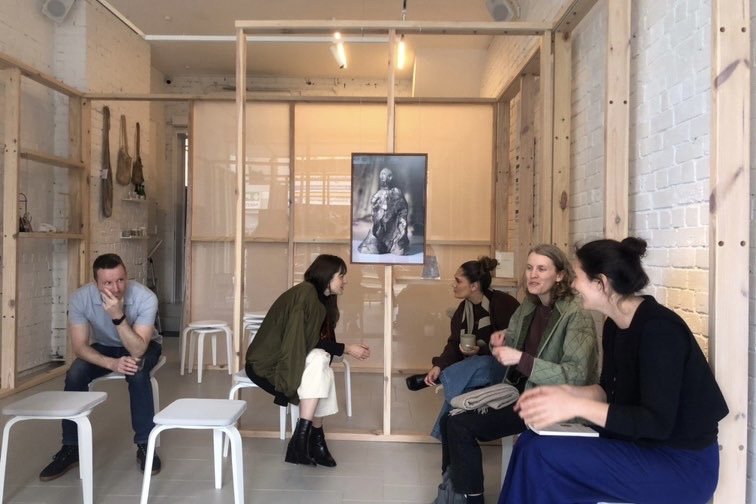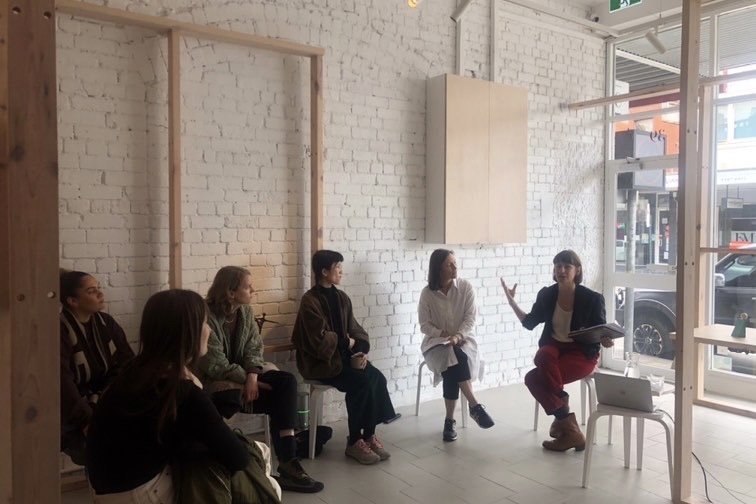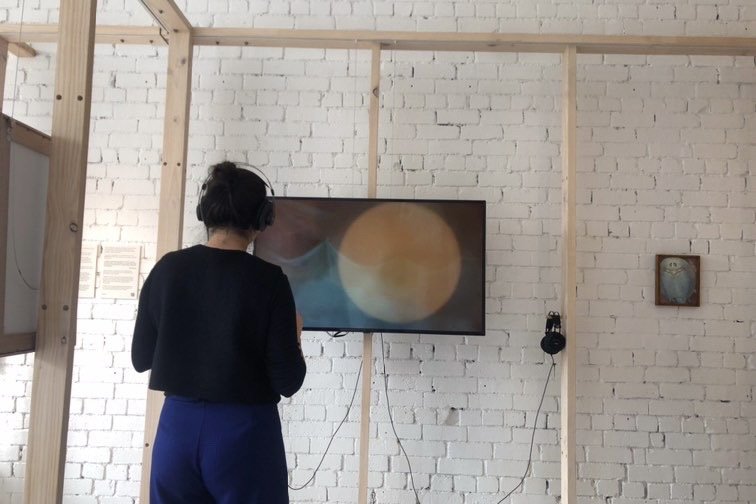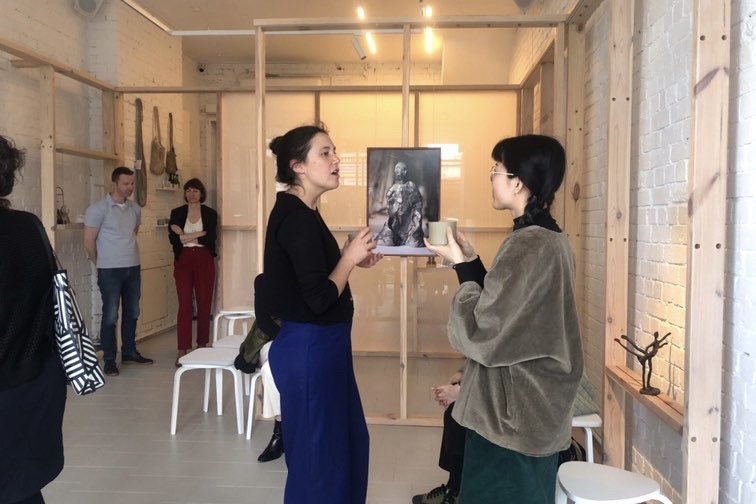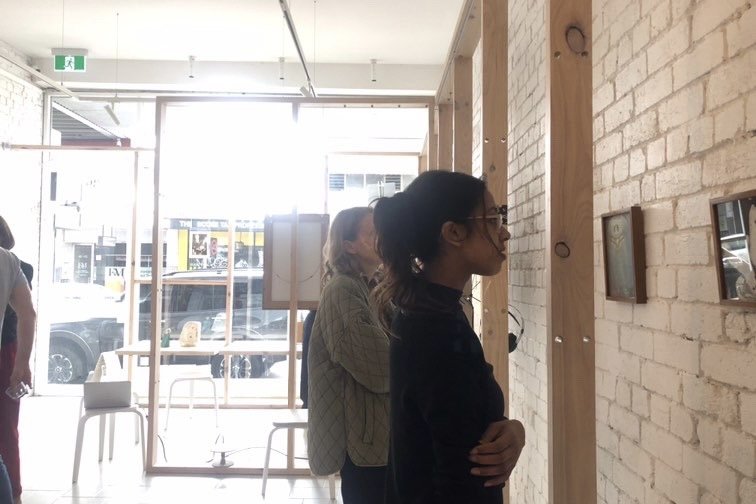In Conversation with Ali McCann
In September, artist Ali McCann (Birrarungga/Melbourne) commenced her residency, opening with the first instalment of her research project entitled Campus: A study of educational, domestic, and deep dark space (In perpetual flux) 2022 ('Campus 2022').
Comprising new photographic and video works, found images and objects, the project continues her longstanding inquiry into the constructed nature of photography and the possibilities of creating alternate visual and psychological realities.
In the exhibition space, finished artworks intersect ambiguously with found objects and images. Obsolete teaching aids, 1970s life science books, pages torn from discarded art magazines and materials from the classroom, studio and home (c1970s-1980s) serve as starting points for exploring colour, shape, form and space.
Ali's practice is as much about formalism, materiality and visual perception as it is about the aesthetics of pedagogy/teaching and her nostalgia for the objects and imagery once used to facilitate learning and understanding of the self.
On 8 October 2022, we gathered in the exhibition space, and Ali reflected on the starting points for her residency and plans for the months ahead.
We kicked things off with a conversation about 'apophenia' - the human tendency to seek connections/patterns in random information - one of the driving forces behind the project and her creative process in general.
We then focused on her video work, Bohr II 2022, a reworking of an earlier iteration of the artwork (presented online as part of the correspondences project A Room with a View 2020) named after the Nobel Prize-winning Danish physicist Niels Henrik David Bohr (1885-1962).
Compared with the earlier work, Bohr II 2022 adopts an aerial viewpoint and focuses more explicitly on the orbital movement of the spheres depicted. Ali also integrated selected sounds and images from a recording of Jean-Michel Jarre's iconic 1976 album, Oxygene, on the popular Dutch Music show 'Top Pop' in 1977.
For those in the room who came of age during the late 70s and 1980s, the subtle homage to the opening scenes of Jarre performing Oxygene Part 4 is a nostalgic reminder of youth, the futuristic vibes of the synthesiser revolution of the day and the 1980s in general, a decade of technological advancement and new age music and thinking.
With these changes and other careful edits, Ali has created a subtle shift in the earlier work to cultivate a deeper sense of the strange, uncanny and occult, which can also be felt elsewhere in the exhibit.
We then shifted the conversation to sculpture, to discuss Ali's bronze work presented, Diminished Knowledge 2018, a finalist for the Woollahra Small Sculpture Prize in 2019.
The sculpture was made using the ancient lost-wax casting process (cere perdue) – a method of metal casting in which molten metal is poured into a mould created by a wax model. It is an ancient technique common on every continent except Australia, dating from the third millennium BC and has sustained few changes since its development.
Ali shared the original cast and wax model from the sculpture and talked us through the making process. She was drawn to the process for its parallels with analogue photography, ‘the alternating inversions of form and image (positive to negative to positive) and the alchemical interactions of these processes’ she said.
She was also drawn to the tradition's ancientness, which is made contemporary through its use in contemporary art-making and its visual association with Ali's 2018 sculpture (which in turn, visually references the kitschy 80s vase seem elsewhere in the exhibition room).
This idea of art embodying something ancient and new - through the process of making and experience of nostalgia - was something felt in the found objects and images in the exhibit. For example, the:
— prehistoric/futuristic-looking shield shrimp photograph taken by her paternal Grandfather;
— ancient-looking potter's wheel, with decades of clay on its surface, from contemporary teaching, reminiscent of an old one belonging to her mother c1980s; and,
— 70s life-science books with their sci-fi photographic style of imagery of phenomena that exists beyond everyday human perception of time and space.
In this digital age, we talked about her commitment to hands-on, sensorial learning and art-making, which undoubtedly underpins the efficacy of her exploration of nostalgia.
We then shifted to photography, the two still-life photographs Ali made in connection with the project, then untitled, since named Foyer (After Maar and Matter) 2022 and Reclining figure on Rubin Ridge 2022.
In the early 2000s, Ali obtained a collection of Super 8mm film footage from her old high school in Stawell (then Stawell Technical School), Victoria, where she was raised, where she first made art, and her mother - also an accomplished artist - taught art.
Shot by students in the mid-late 1970s, the footage features the art room and its teenage students goofing around alongside teaching aids and student artworks. For Ali, it's a document rich with nostalgic energy. Ali elaborated for us.
The form depicted in Foyer (After Maar and Matter) 2022 is based on sculptures by the students from the art room in the footage. The backdrop is a press shot of the Stawell gold mine, which has latterly been converted into the 'Stawell Underground Physics Lab'. This pioneering project aims to host the Southern Hemisphere's first-ever direct-detection dark matter experiment (a significant step toward providing a fundamental theory of nature).
Aside from playing into her longstanding fascination with space and the intersections between art and science, the mine is also a site of nostalgia for Ali. Her childhood home was adjacent to the mine. She recalls her house shaking during mining excavations, the world and her domestic space alive with a deep, dark sense of magic/potential that emanated from the earth far below.
Like Foyer (After Maar and Matter) 2022, Reclining figure on Rubin Ridge 2022 was shot as one of the starting points for this Campus 2022. The form depicted draws from the same super 8 footage of the Stawell College art room from the 1970s. This time, however, the backdrop is Vera Rubin Ridge on planet Mars, named after the pioneering American astronomer Vera Rubin - whose early work provided the first evidence for the existence of dark matter.
The forms that Ali has sculpted in this work, and Foyer (After Maar and Matter) 2022, also reference the work of English artist and sculptor Barbara Hepworth and French photographer, painter and poet Dora Maar, whose practices have influenced her. Like Rubin, they, too, were pioneering artists and thinkers in their fields.
Ali stepped us through the found footage that inspired both works, elaborating on her fascination with the sci-fi aesthetics of the life science books, the breakthrough practices of Hepworth, Maar and Berenice Abbott and the instrumental feeling of apophenia that guides her through her intuitive thinking and making process.
Imbued with a marvellous sense of female energy and power, we talked at length about this idea of the photographs as symbols that acknowledge in shape, form, materiality and now title/name, the path-breaking women in the arts and sciences. Equally important through these works is her subtle questioning of the homage, what is understood, remembered and imagined about the contributions of the path-breaking women.
In closing, we talked about uncertainty. It's an inherent part of the human experience and condition– of meaning-making in all its forms – be it everyday life, art-making or scientific work. And yet it can – and often is - an uncomfortable state of being.
In the exhibition room are objects and images whose meaning we do not 'know'. And, as the artist, even Ali, confessed, their meaning sometimes comes into being through the making process.
For instance, if we return to the title of the project Campus: A study of educational, domestic, and deep dark space (In perpetual flux) 2022, the domestic is something that is not immediately explicit. Its association finds its way through the space, but the connections are possibly more oblique:
— an inverted vase from home, retrieved by Ali’s partner from an op shop for its kitschy 80s style and uncanny visual correlation with her sculptures like Diminished Knowledge 2018.
— a slide of a little prehistoric crustacean from a treasured slide collection inherited from her paternal grandfather and beloved life science books inherited from her maternal grandfather, both potent symbolic reminders of her childhood home.
— an image torn from an old pottery book of hands at work on a potter's wheel, reminiscent of her mother's hands at work.
All are charged with the nostalgic energy of adolescence, domestic interior life and that particular moment in the 80s.
For the viewer, these found objects and images are instructive. They provide a space for imagination to lead the way towards new visual associations and discoveries. It’s enormously rewarding as an audience member to see this body of work starting to take shape.
For me, like Οι νέοι, it is starting to feel like a questioning of the educational and domestic experience in the discovery of the self, along with the perception of the larger role of women and their contribution to art, science and society at large.
Ali found fit with this reading while also expressing her desire to remain open. Open to the spontaneity afforded by apophenia and the experience of uncertainty and ambiguity that she consciously fosters in her art-making process.
In closing, she shared her plans for the second instalment of her project. As her residency continues, she will expand the mode of her artistic field to encompass moving image, sound, installation, and sculpture, culminating in a performance for one night only.
McCann's performance, 'Social', premieres on 23 November 2022 at 6:30 pm. Conceived as a tableau vivant * of sorts, it activates the space as a strange, other-worldly site for nostalgia, a living, breathing version of her still-life photographs. It reveals her artistic search through the shape-shifting tendencies of apophenia** and binds the audience's experience of nostalgia together as a sort of collective state of unconscious.
* Translated from French, tableaux vivant means 'living picture', a genre popularised between 1830 and 1920. Although it's been reinvented many times, typically, a living picture is a live performance with a cast of characters representing scenes from literature, art, history or everyday life on stage.
** The human tendency to seek connections/patterns in random information.
